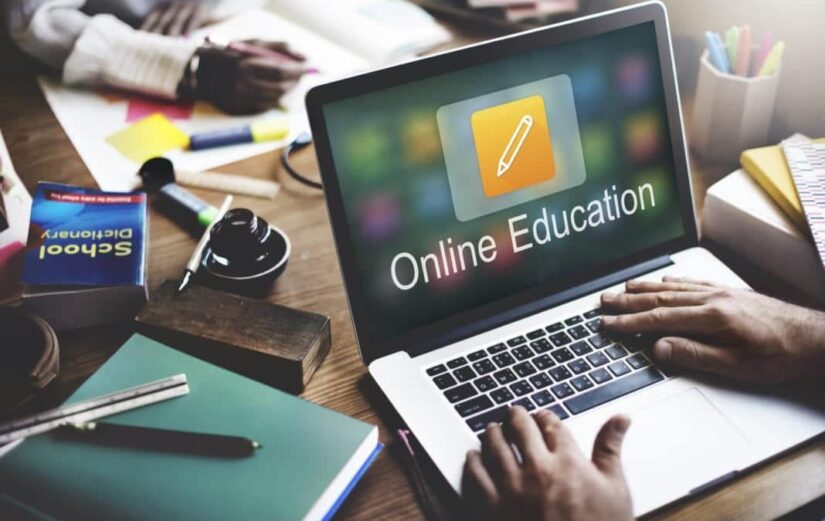Navigating the Future of Education: Online vs. In-Person
As the educational sphere navigates through the flux of technological advancements and global challenges, both educators and students worldwide find themselves at a crossroads. The pivot to digital platforms for social connections has naturally extended to the realm of education, raising pivotal questions about the future dynamics of learning environments.
Advantages of Online Learning
The digital revolution in education has dismantled traditional barriers, democratizing access to learning opportunities. Online platforms have emerged as pivotal in enabling individuals to pursue academic qualifications and vocational training, irrespective of geographical constraints or life circumstances. Notably, studies indicate that, in certain contexts, students engaged in online learning may achieve comparable, if not superior, academic outcomes to their counterparts in conventional classrooms.
Challenges of Digital Education
However, the shift towards online learning is not without its hurdles. Effective online teaching demands a distinct skill set and pedagogical approach, with educators often facing a steep learning curve. The efficacy of online education also hinges on the quality and adaptability of course content to the digital format. Moreover, the lack of physical interaction can impede the teacher-student rapport, which is crucial for personalized learning experiences. Additionally, disparities in access to reliable internet and technological tools can exacerbate educational inequities.
Limitations of Traditional Classroom Settings
While traditional classrooms have been the cornerstone of education for generations, they are not without drawbacks. Geographic and socio-economic factors can limit access to quality education, and conventional classroom dynamics may not cater to all learning styles. However, digital platforms offer an alternative venue for student participation, potentially leveling the playing field for those who may feel marginalized in a physical classroom setting.
The Unparalleled Value of In-Person Learning
Despite the strides in online education, the intrinsic value of in-person learning remains unmatched. The classroom extends beyond a space for academic instruction; it is a setting for motivation, mentorship, and social interaction. The richness of face-to-face communication fosters a dynamic learning environment, facilitating immediate feedback and collaborative learning experiences. Moreover, when it comes to language acquisition, cultural immersion through in-person experiences profoundly enhances linguistic competence and cultural understanding.
Balancing Digital and Traditional Learning: A Hybrid Approach
In the quest to define the future of education, it becomes imperative to weigh the benefits and drawbacks of online and in-person learning models. This section outlines a hybrid approach that seeks to merge the best aspects of both formats, offering a nuanced educational strategy that caters to diverse learning needs and preferences.
- Accessibility and Flexibility: Online platforms break down geographical and temporal barriers, providing learners with the opportunity to study at their own pace and from any location. This is invaluable for those balancing education with other commitments;
- Personalized Learning Experiences: Digital tools and data analytics can tailor educational content to individual learner profiles, enhancing engagement and efficacy. In-person interactions further personalize the experience by offering real-time feedback and support;
- Enhanced Interactivity: Incorporating interactive digital resources into traditional classrooms can enrich the learning experience. Virtual simulations, gamification, and multimedia resources make abstract concepts tangible and engaging;
- Social Interaction and Collaboration: The communal aspect of in-person classes fosters teamwork, communication skills, and emotional intelligence. Blending online collaboration tools with classroom interactions can extend these benefits beyond physical boundaries;
- Cultural Immersion and Language Acquisition: For language learners, immersion in a native-speaking environment remains unparalleled. A hybrid model could combine online foundational learning with travel or study abroad opportunities to optimize language acquisition;
- Equitable Access to Resources: Combining online resources with in-person guidance can help mitigate the digital divide, ensuring all students have access to quality education, regardless of their technological or financial constraints.
This hybrid approach not only leverages the strengths of both learning environments but also addresses their respective limitations, promising a more inclusive, adaptive, and comprehensive educational framework for the future.
Video Guide
To answer all your questions, we have prepared a video for you. Enjoy watching it!
Conclusion
The debate between online learning and traditional in-person classes is not a question of superiority but of context and objectives. Each learning mode carries its unique set of advantages and challenges, tailored to different educational needs and circumstances. As the landscape of education continues to evolve, the integration of digital tools within traditional classrooms might offer a balanced approach, harnessing the strengths of both worlds to enrich the learning experience. Ultimately, the future of education may not lie in choosing between online and in-person learning but in harmonizing them to foster an inclusive, adaptable, and comprehensive educational environment.
